
7-8 #PainPoints : Samsung is developing a new chip package technology; JDI has unveiled a 4K x 4K IPS LCD micro-display; EU requires every portable device to have batteries that are easy to remove and replace by consumers or independent operators by 2027; etc.

Samsung is developing a new chip package technology to prevent overheating in application processors (AP). The package attaches a heat path block, or HPB, on top of the SoC, and is expected to be used on future Exynos chips, sources said. The technology, fan-out wafer-level package-HPB (FOWLP-HPB), is being developed by Samsung’s Advanced Package (AVP) business unit under its chip division. The business unit is aiming to wrap up development by 4Q24 and begin mass production then. It is also developing a FOWLP-system-in-package (SIP) technology that can mount multiple dies as a follow-up, which will launch in 4Q25. Both package types mount the HPB on top of the SoC, while the memory is placed next to the HPB. HPB is a heatsink already in use in SoCs for servers and PCs. The technology is introduced for chips on smartphones only now due to their smaller form factor. (Android Headlines, The Elec, Samsung)
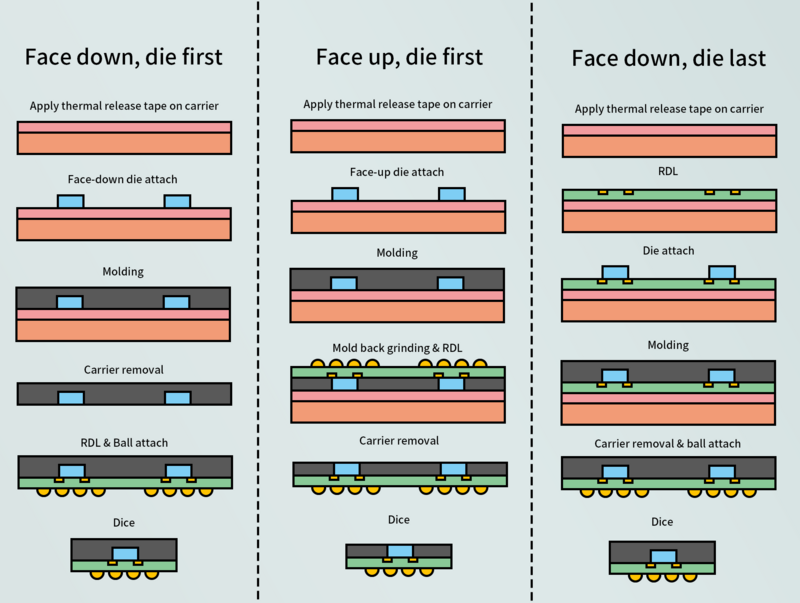
Samsung Electronics is adjusting the speed of its automotive semiconductor development as part of a strategic realignment to focus on artificial intelligence (AI) chips. Samsung’s System LSI division, responsible for chip design, underwent a business and organizational restructuring to prioritize AI chip development. This restructuring has led to the reconsideration of the next-generation automotive processor “Exynos Auto” (code name KITT3). Personnel who had been working on this chip have been reassigned within the division to the AI System-on-Chip (SoC) team, which is now the focal point of Samsung’s design efforts. Currently, 100 to 150 specialized design personnel are concentrated in this division for AI chip design. Samsung Electronics’ journey into the high-performance automotive semiconductor market began in 2018 with the announcement of the Exynos Auto brand. In 2023, the company launched the Exynos Auto V920, which uses a 5nm process, and declared semiconductor cooperation with Hyundai Motor Company, signaling its commitment to the era of autonomous driving and electric vehicles. (CN Beta, Business Korea)
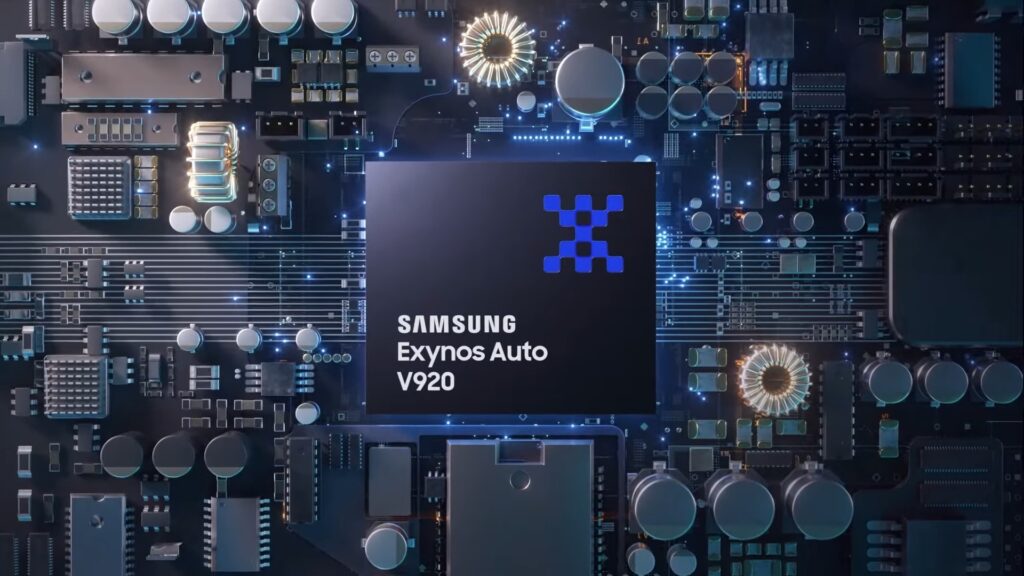
Unisoc and Rohde & Schwarz (R&S) have collaborated to demonstrate 5G non-terrestrial network (NTN) new radio (NR) connectivity based on the latest 3GPP Release 17 specifications. This technology uses Unisoc’s NR NTN device as the DUT and the most advanced R&S CMX500 all-in-one signaling tester (OBT). It is reported that 5G NR NTN is the next stage of NTN technology, and smartphones and other 5G devices will be directly connected to satellite services. For NR NTN terminals, they may operate in different satellite constellations such as GEO (geostationary orbit), GSO (geosynchronous orbit) and LEO (low Earth orbit). Among them, the LEO scenario has attracted much attention in the industry due to its low latency and high throughput characteristics. (CN Beta, Sohu, C114)


Samsung has filed a patent on the China National Intellectual Property Administration (CNIPA) for a foldable device with a detachable keyboard. The display space above the keyboard could serve as a trackpad for the mouse. It is a phone version of Samsung’s flagship Android tablets that support a detachable keyboard cover. (Android Headlines, CNIPA, 91Mobiles)
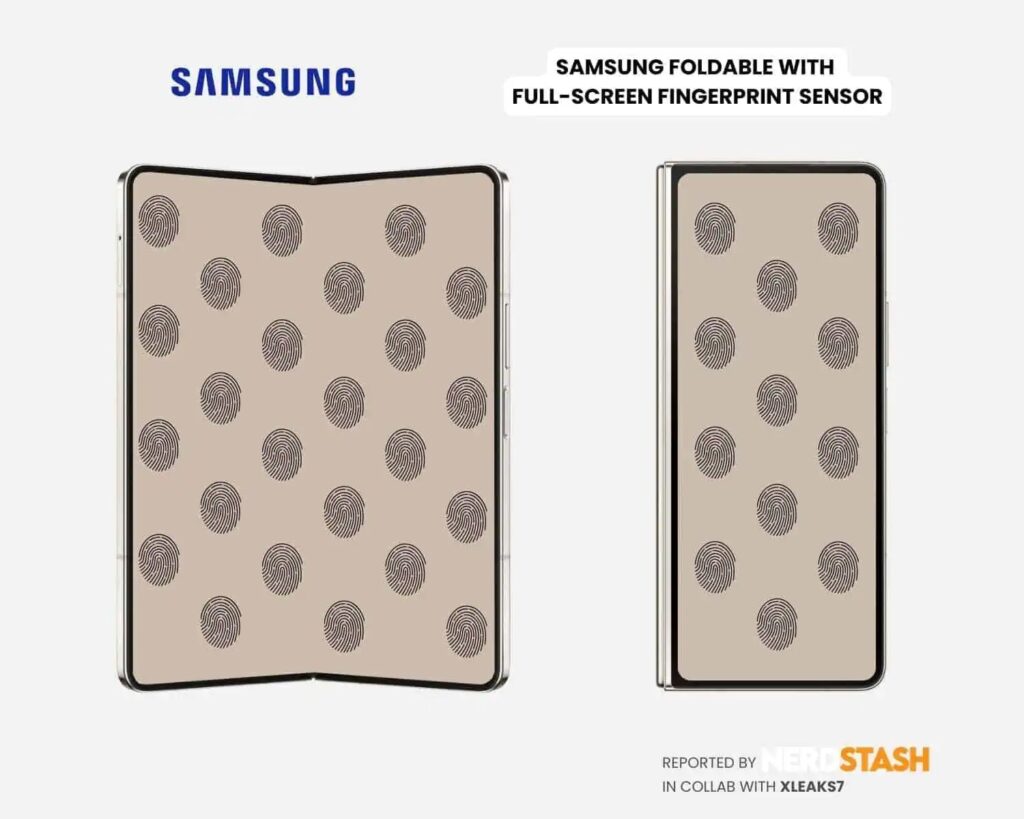
Japan Display Inc (JDI) has unveiled a 4K x 4K IPS LCD micro-display that achieves the world’s highest 2527ppi resolution for use in virtual and mixed-reality headsets on a glass substrate. The 2.15” microdisplay utilizes LTPO (low-temperature polycrystalline oxide) and COA (color filter on array) to help reduce power usage while giving users a better virtual image with less visible pixelization.(CN Beta, JDI, Notebook Check)


Samsung has announced three new mobile image sensors designed for both main and sub cameras in smartphones: the ISOCELL HP9, the ISOCELL GNJ and the ISOCELL JN5. The ISOCELL HP9 features 200Mp 0.56-micrometer (μm) pixels in a 1/1.4-inch optical format. The ISOCELL GNJ is a dual pixel sensor with 50Mp 1.0μm pixels in a 1/1.57-inch optical format. The ISOCELL JN5 features 50Mp 0.64μm pixels in a 1/2.76-inch optical format. (GSM Arena, Samsung)
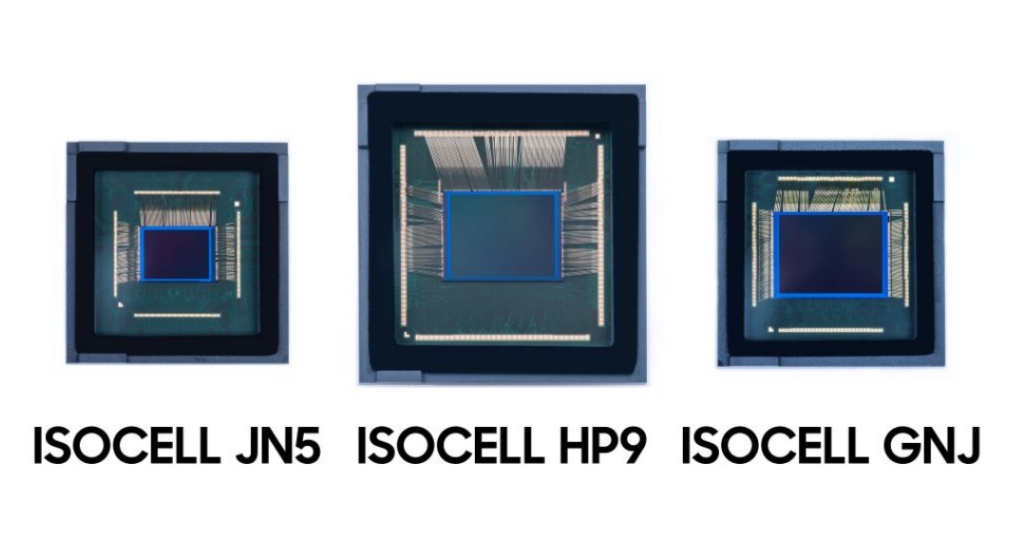

Samsung has officially launched a team dedicated to developing advanced high-bandwidth (HBM) memory, a core chip in powering artificial intelligence (AI) devices. The company has also launched a separate team handling advanced chip packaging, which combines the HBM chip with the graphics processing unit (GPU) to produce AI chip accelerators. Samsung previously set up two HBM task force teams but has now pulled the two teams together and placed them under its memory department’s DRAM development division. The new HBM development team will be led by DRAM Vice President Sohn Young-soo.(CN Beta, TrendForce, KED Global)
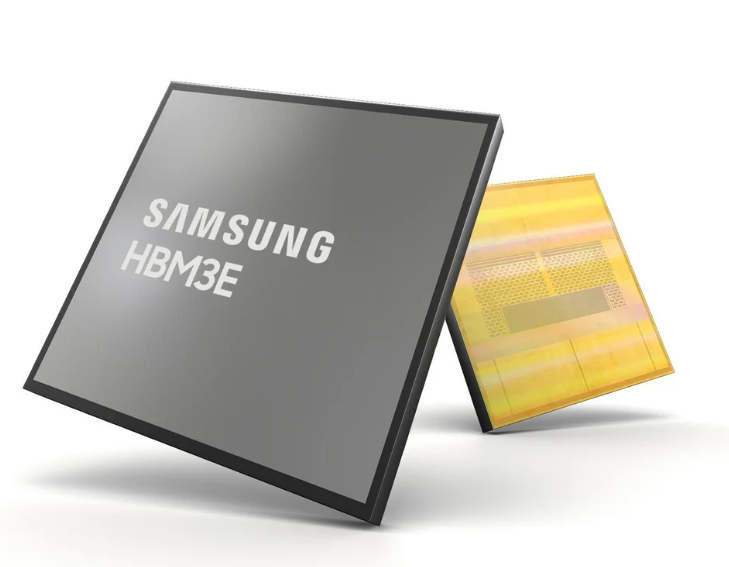
South Korea’s SK Group has announced that its chip manufacturer, SK Hynix, will invest KRW103T (USD75B) by 2028 to enhance its chip business, with a particular focus on AI development. SK Group further stated that 80% of the KRW103T, roughly KRW82T (USD60B), will be dedicated to developing HBM. SK Group stated that by 2026, the group will invest KRW80T in AI and semiconductors, while continuing to streamline its businesses to increase profitability and return value to shareholders. SK Hynix has announced a series of investment plans through 2024, including a USD3.87B investment to build an advanced packaging plant and an artificial intelligence product research center in Indiana. Domestically, SK Hynix will spend USD14.6B to build a new memory chip complex and continue other domestic investments, including in the Yongin semiconductor cluster.(CN Beta, Evertiq, Bloomberg, TrendForce, Business Times)

Kioxia has announced that it started sample shipments(1) of 2Tb (tera bit) Quad-Level-Cell (QLC) memory devices with its eighth-generation BiCS FLASHTM 3D flash memory technology. With its latest BiCS FLASHTM technology, Kioxia has achieved both vertical and lateral scaling of memory die through proprietary processes and innovative architectures. In addition, the company has implemented the groundbreaking CBA (CMOS directly Bonded to Array) technology, which enables the creation of higher density devices and an industry-leading interface speed of 3.6Gbps. (CN Beta, Kioxia, AFP)
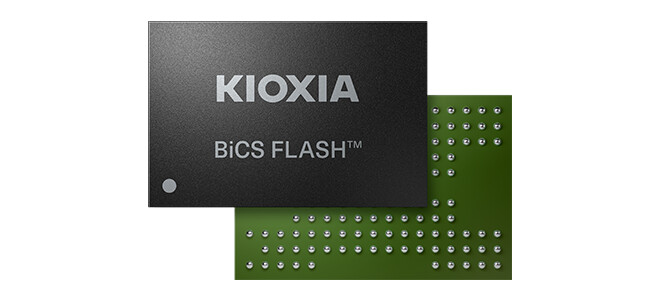

Samsung has filed a patent for a full-display fingerprint recognition technology for smartphones. It uses a layer of specialized sensors under the display. This layer is capable of reading fingerprints across the display and not just over a designated place on the display. The technology will likely be part of an upcoming series of foldable and rollable smartphones. (Android Headlines, Patent, Twitter, Nerd Stash)


The European Union’s new Batteries Regulation requires every portable device to have batteries that are easy to remove and replace by consumers or independent operators by 2027. The regulation of the European Parliament and the Council will apply to all batteries including all waste portable batteries, electric vehicle batteries, industrial batteries, starting, lighting and ignition (SLI) batteries (used mostly for vehicles and machinery) and batteries for light means of transport (e.g. electric bikes, e-mopeds, e-scooters). The regulation sets targets for producers to collect waste portable batteries (63% by the end of 2027 and 73% by the end of 2030), and introduces a dedicated collection objective for waste batteries for light means of transport (51% by the end of 2028 and 61% by the end of 2031). (Twitter, TechReport, Europa)
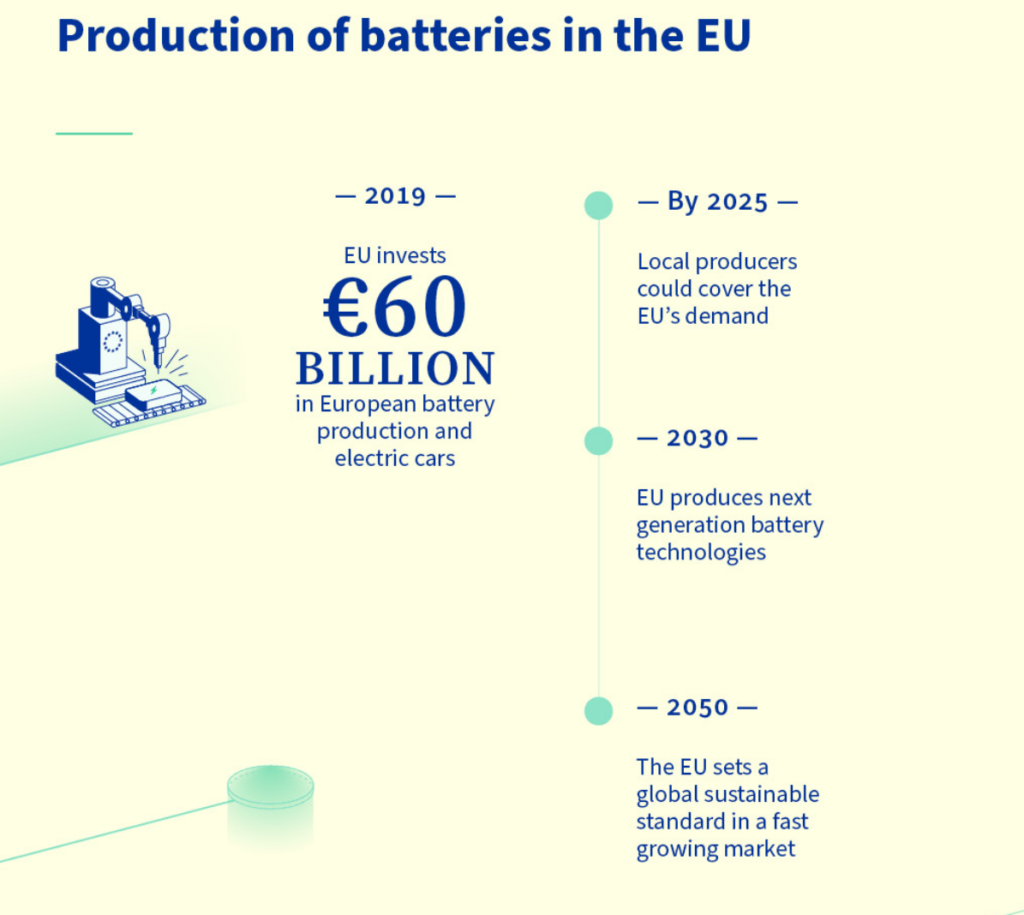
TF Securities analyst Ming-chi Kuo ndicates the energy density (Wh/kg) of the battery cells of Apple iPhone 16 Pro Max will increase, which has the benefit of longer battery life with the same battery size or lower battery size with the same battery life. Increasing the energy density of the battery cells will increase the battery temperature when running. To avoid overheating the battery, Apple uses the stainless steel battery case for the first time as a thermal solution. Stainless steel is not as effective as aluminum in dissipating heat, but it is more robust and less susceptible to corrosion, so in addition to dissipating heat, the stainless steel battery case provides better protection for the battery and the iPhone system. If the mass production of this new battery design (upgraded energy density of battery cells & adoption of the stainless steel battery case) goes well and the feedback is favorable, this new battery design will be adopted in all 2H25 new iPhone models. Sunway is a major supplier of stainless steel battery cases. (Twitter, Medium)
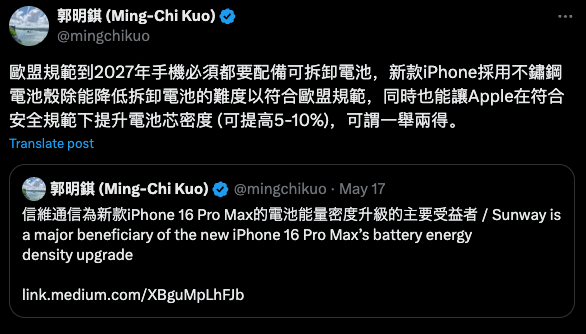

NFC Forum has unveiled NFC Multi-Purpose Tap. Multi-Purpose Tap will bring even more convenience to contactless user experiences by making it possible for multiple transactions to be seamlessly conducted over the course a one single tap. Stores with loyalty cards will be able to add another purchase to the card if one is made and possibly adjust the transaction price to account for any discount or freebie earned by the customer wielding the loyalty card. The NFC Forum notes that Multi-Purpose Tap is still in the idea generation stage. (Engadget, NFC Forum, NFC Forum, Yahoo Finance, Phone Arena)


Xiaomi is reportedly testing a new HyperOS feature that allows users to disable all system-wide ads with a toggle button. Xiaomi’s business model happens to rely on keeping hardware prices low. It makes up for this by depending on several methods to rake in cash, including in-app advertising. (Android Authority, Smartprix)
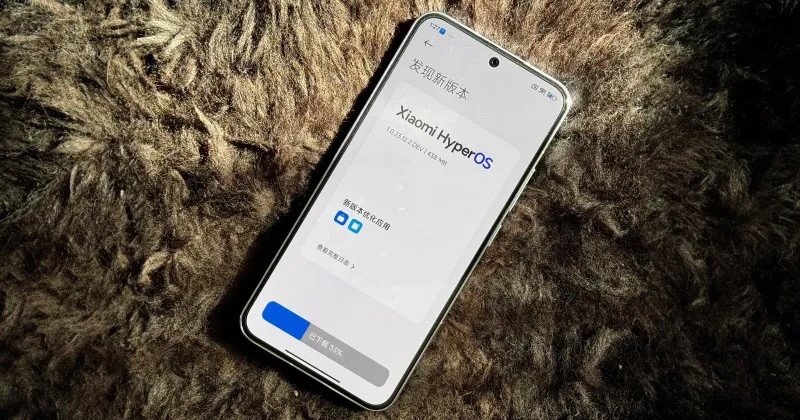
In early 2023, Datang Mobile accused Samsung of infringing its invention patents and filed lawsuits in Fuzhou and German courts. Samsung then countersued in the United States, requesting that Datang Mobile’s patent be declared invalid. In Apr 2024, the Munich Regional Court in Germany made a landmark ruling, confirming that Samsung had infringed Datang Mobile’s standard essential patents and supporting Datang Mobile’s request for an injunction. The judgment shows that Samsung must pay a fixed compensation for almost all smartphones sold in Germany from 21 Aug 2021, and all related models currently circulating on the market must also be destroyed. (CN Beta, Business Korea, Juve Patent)

TF Securities analyst Ming-chi Kuo indicates that Apple plans to mass-produce new AirPods with camera modules by 2026, featuring an IR camera similar to the iPhone Face ID receiver (not the transmitter). Foxconn is the new product introduction (NPI) supplier for the IR camera, with an annual capacity plan of 18–20M units, or about 10M AirPods. Actual demand and orders will depend on market conditions. The IR camera can detect environmental image changes, potentially enabling in-air gesture control to enhance human-device interaction. It is worth noting that Apple has filed related patents in this area. (Apple Insider, Medium)
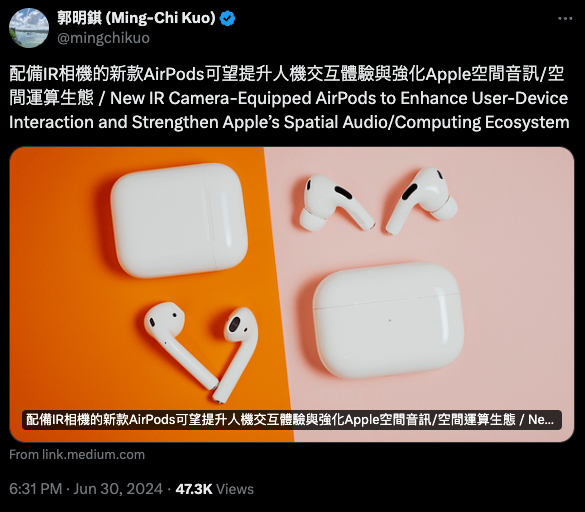
Bloomberg’s Mark Gurman reports the next-generation Apple Watch SE could ditch its aluminum shell “in favor of rigid plastic”. He postulated that this may be one technique Apple may be planning to use to bring the cost of the Apple Watch SE down. The current Apple Watch SE sells for USD249, but Samsung’s cheapest rival watch, the Galaxy Watch FE, sells for USD199. (CN Beta, MacRumors, 9to5Mac)


Google is allegedly working on “microfuchsia”, a stripped down version of the company’s Fuchsia operating system that runs on the Google Nest Hub. Microfuchsia is designed to run in a virtual machine, and Google seems to be experimenting with doing just that on Android devices. To evolve Fuchsia beyond smart home devices, Google has been working on projects such as Starnix to run unmodified Linux binaries on Fuchsia devices. In addition, since late Apr 2024, Google has been working on a new project called “microfuchsia” that aims to make Fuchsia bootable on existing devices via virtualization. Microfuchsia, according to Google, is a Fuchsia OS build that targets virtual machines and is designed to be bootable in virtualization solutions such as QEMU and pKVM. (Android Authority, Phone Arena)
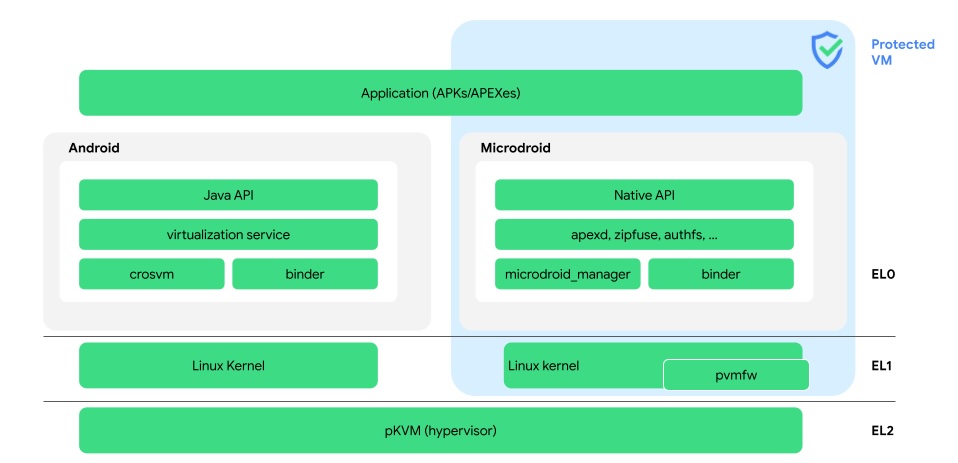

Polestar Technology will allegedly lay off about 30% of its employees by the end of Sept 2024, and employees on the supply side will be the most affected. Half a year ago, when Polestar announced a 15% global layoff, Polestar also claimed that “this global layoff does not involve the Chinese market”. At the same time, Polestar’s Chengdu factory has been closed, and related production has been transferred to Polestar’s Chongqing factory and Geely factory. Affected by this, many employees responsible for production and supply have been laid off. In Jan 2024, Polestar announced plans to lay off about 450 employees worldwide, accounting for about 15% of its total employees. This move is due to the current market “challenging”. (CN Beta, My Drivers, IT Home, Oil Price, Reuters, Yicai)

Chinese automakers are expected to continue rapidly expanding outside of their home country to achieve 33% of the global automotive market share by 2030, according to AlixPartners. Much of the growth, from a forecast 21% market share in 2024, is expected to come outside of China. Sales outside of China are expected to grow from 3M in 2024 to 9M by 2030, representing growth from 3% to 13% of market share by the end of this decade. AlixPartners said it expects the Chinese brands to grow across all markets globally. However, the firm added that it expects far smaller expansion in Japan and North America, including the U.S., where vehicle safety standards are more stringent and a 100% tariff on imported Chinese EVs has been announced. (CN Beta, CleansTechnica, CNBC, AlixPartners)
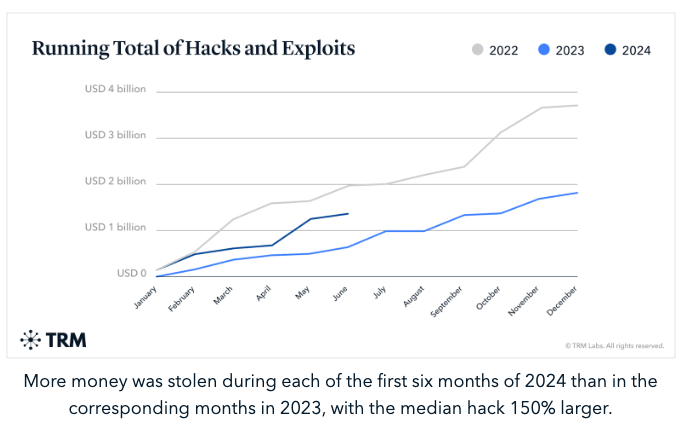

Apple is considering a paid future for aspects of its Apple Intelligence service that would expand to a subscription model for additional features and more AI partners. The introduction of Apple Intelligence has offered a wealth of AI features at no cost for owners of the top iPhone 15 models. However, as Apple Intelligence expands to more services and more partners, a subscription model for some offerings could be ahead. Apple intends to charge extra for future additional capabilities within Apple Intelligence. This expansion would follow the model — and could even be part of — the existing iCloud+ service. (Apple Insider, Bloomberg)
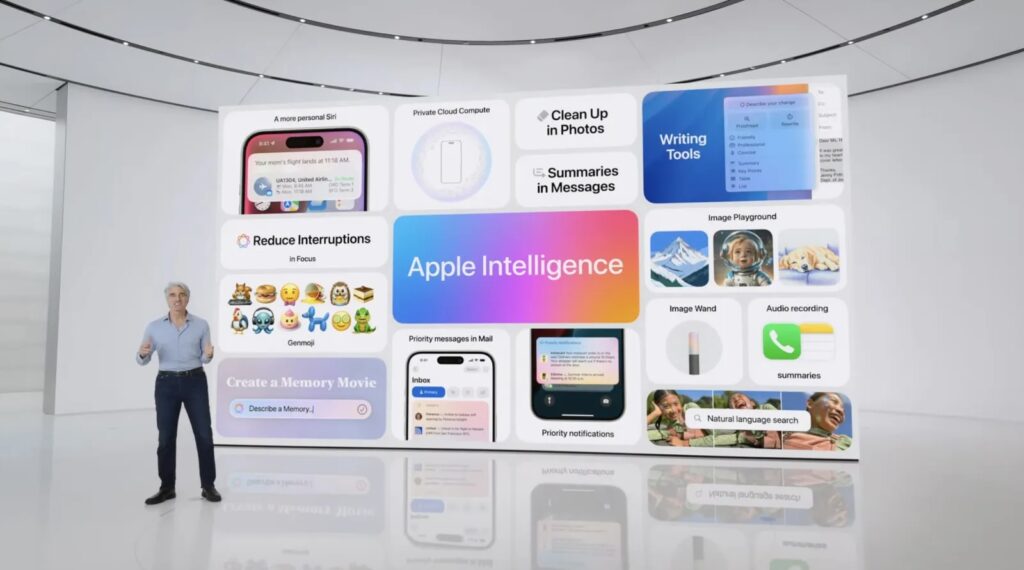

According to TRM, twice as much money has been stolen in hacks and exploits in 1H24 compared to the same period in 2023. By Jun 24, 2024, hackers stole USD1.38B, compared to USD657M this time in 2023. Similar to 2023, a small number of large attacks made up the lion’s share of the haul: the top five hacks and exploits accounted for 70% of the total amount stolen so far this year. Private key and seed phrase compromises remain a top attack vector in 2024, alongside smart contract exploits and flash loan attacks. In May 2024, DMM Bitcoin, a Japanese cryptocurrency exchange, suffered the largest attack so far in 2024. It resulted in the theft of over 4,500 BTC, valued at over USD300M at the time. (CN Beta, TRM Labs, Daily Coin)
